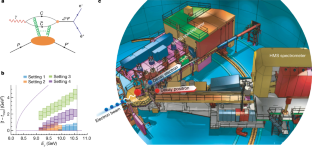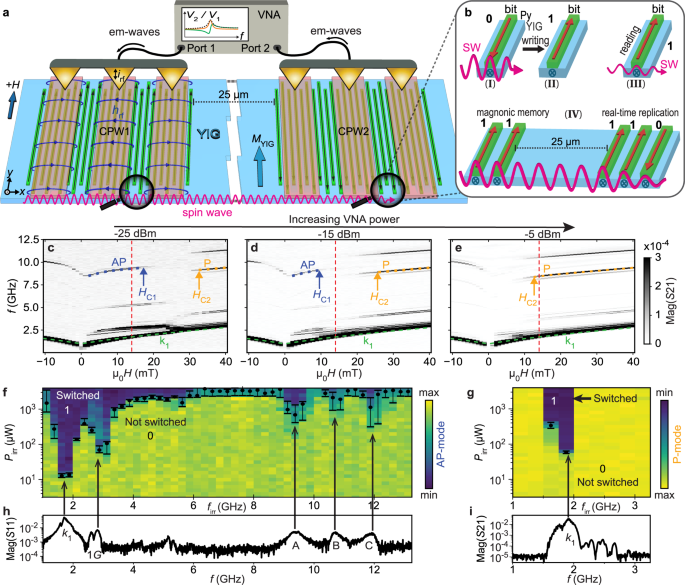陽子のグルオン重力形式因子を実験的に決定し、陽子の隠れた質量の一部を明らかにした可能性がある。 Experimental determination of the proton’s gluonic gravitational form factors may have revealed part of proton’s hidden mass.
2023-03-29 アルゴンヌ国立研究所(ANL)
陽子の質量の起源の一つである強い力によるものであり、この実験は陽子の質量半径を特定した。
この実験によって、陽子が物理的な構成要素である3つのクォークからの質量以外に、強い力が生成した「グルーオン」と呼ばれる陽子の粘着力から生じたエネルギーの影響を受けていることが明らかになった。
この研究は、Natureに掲載された。
<関連情報>
- https://www.anl.gov/article/charming-experiment-finds-gluon-mass-in-the-proton
- https://www.nature.com/articles/s41586-023-05730-4
陽子のグロオニック重力形式因子を決定する Determining the gluonic gravitational form factors of the proton
B. Duran,Z.-E. Meziani,S. Joosten,M. K. Jones,S. Prasad,C. Peng,W. Armstrong,H. Atac,E. Chudakov,H. Bhatt,D. Bhetuwal,M. Boer,A. Camsonne,J.-P. Chen,M. M. Dalton,N. Deokar,M. Diefenthaler,J. Dunne,L. El Fassi,E. Fuchey,H. Gao,D. Gaskell,O. Hansen,F. Hauenstein,D. Higinbotham,S. Jia,A. Karki,C. Keppel,P. King,H. S. Ko,X. Li,R. Li,D. Mack,S. Malace,M. McCaughan,R. E. McClellan,R. Michaels,D. Meekins,Michael Paolone,L. Pentchev,E. Pooser,A. Puckett,R. Radloff,M. Rehfuss,P. E. Reimer,S. Riordan,B. Sawatzky,A. Smith,N. Sparveris,H. Szumila-Vance,S. Wood,J. Xie,Z. Ye,C. Yero & Z. Zhao
Nature Published:29 March 2023
DOI:https://doi.org/10.1038/s41586-023-05730-4

Abstract
The proton is one of the main building blocks of all visible matter in the Universe1. Among its intrinsic properties are its electric charge, mass and spin2. These properties emerge from the complex dynamics of its fundamental constituents—quarks and gluons—described by the theory of quantum chromodynamics3,4,5. The electric charge and spin of protons, which are shared among the quarks, have been investigated previously using electron scattering2. An example is the highly precise measurement of the electric charge radius of the proton6. By contrast, little is known about the inner mass density of the proton, which is dominated by the energy carried by gluons. Gluons are hard to access using electron scattering because they do not carry an electromagnetic charge. Here we investigated the gravitational density of gluons using a small colour dipole, through the threshold photoproduction of the J/ψ particle. We determined the gluonic gravitational form factors of the proton7,8 from our measurement. We used a variety of models9,10,11 and determined, in all cases, a mass radius that is notably smaller than the electric charge radius. In some, but not all cases, depending on the model, the determined radius agrees well with first-principle predictions from lattice quantum chromodynamics12. This work paves the way for a deeper understanding of the salient role of gluons in providing gravitational mass to visible matter.



